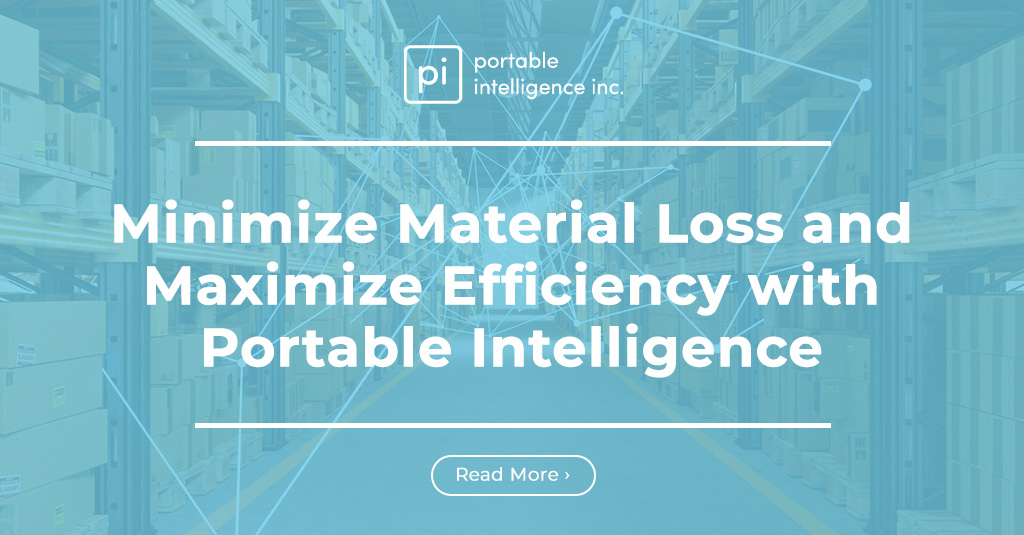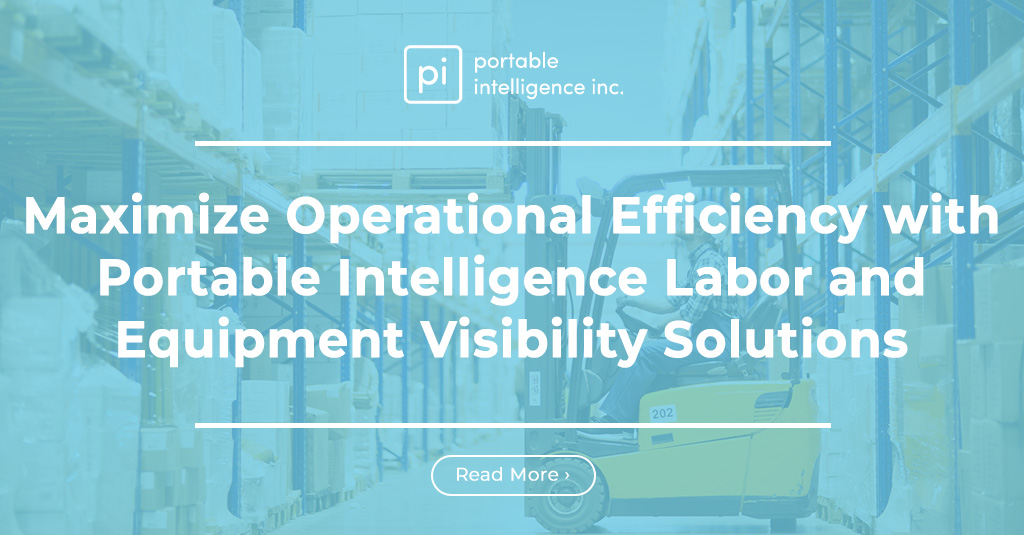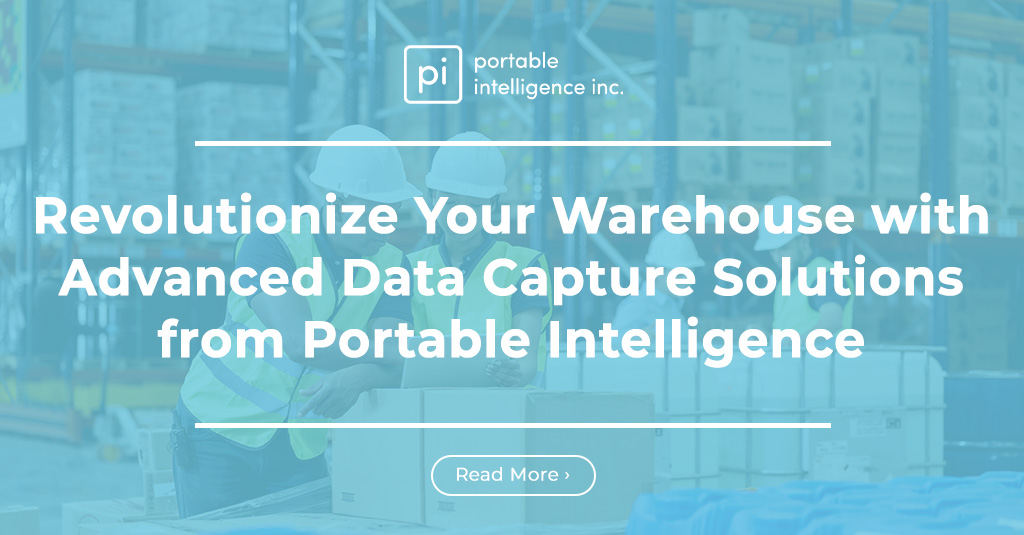- Increased Efficiency and Productivity with Forklift Tracking Software
- Real-Time Data Improves Decision-Making: Forklift tracking software provides real-time data on forklift movement and usage, enabling supervisors to make data-driven decisions. Managers can view how many forklifts are in operation, where they are, and what they are doing at any given time. This information can be used to optimize workflow and allocate resources more efficiently. By understanding which forklifts are underutilized, managers can make informed decisions about when and where to shift resources. Real-time data can also help identify bottlenecks and other areas of inefficiency, allowing managers to make quick adjustments and improvements.
- Optimizing Warehouse Layout and Traffic Flow: Forklift tracking software can also help optimize the layout of the warehouse and improve traffic flow. By tracking the movement of forklifts, managers can analyze traffic patterns and identify areas of congestion or inefficiency. This information can be used to optimize the layout of the warehouse, including the positioning of racks, shelving, and other storage units. Additionally, managers can use real-time data to direct forklift traffic more efficiently, reducing wait times and improving overall productivity.
- Reducing Downtime and Enhancing Maintenance: Forklift tracking software can also help reduce downtime and enhance maintenance. By tracking the usage and movement of forklifts, managers can identify when equipment requires maintenance, allowing them to schedule maintenance tasks at appropriate times. This can help prevent breakdowns and ensure that equipment is always in good working condition. Additionally, real-time data can be used to monitor forklift battery usage and charge levels, helping to prevent unplanned downtime due to battery issues. Finally, by providing operators with real-time data on the location of equipment and materials, forklift tracking software can reduce downtime caused by misplaced equipment or materials.
- Real-Time Data Improves Decision-Making: Forklift tracking software provides real-time data on forklift movement and usage, enabling supervisors to make data-driven decisions. Managers can view how many forklifts are in operation, where they are, and what they are doing at any given time. This information can be used to optimize workflow and allocate resources more efficiently. By understanding which forklifts are underutilized, managers can make informed decisions about when and where to shift resources. Real-time data can also help identify bottlenecks and other areas of inefficiency, allowing managers to make quick adjustments and improvements.
- Enhanced Safety for Operators and Equipment
- Preventing Accidents and Injuries: One of the key benefits of forklift tracking software is improved safety for operators and equipment. By tracking the movement of forklifts in real-time, managers can identify potentially dangerous situations before they result in accidents or injuries. For example, if a forklift is moving too fast or in a restricted area, the software can alert supervisors, who can then take action to prevent accidents. Additionally, forklift tracking software can help ensure that operators are properly trained and certified, further reducing the risk of accidents and injuries.
- Identifying and Addressing Unsafe Behaviors: Forklift tracking software can also be used to identify unsafe behaviors and address them before they result in accidents or injuries. For example, if an operator is repeatedly driving too fast or engaging in other unsafe behaviors, supervisors can use real-time data to identify the issue and provide targeted training to address it. This can help improve operator behavior and reduce the risk of accidents and injuries.
- Improving Compliance with Safety Regulations: Finally, forklift tracking software can help improve compliance with safety regulations. By tracking forklift movement and usage, managers can ensure that operators are following proper safety procedures and regulations. Additionally, forklift tracking software can help ensure that equipment is properly maintained and inspected, reducing the risk of accidents and injuries. By improving compliance with safety regulations, forklift tracking software can help reduce the risk of penalties and fines, as well as the cost of insurance premiums.
- Preventing Accidents and Injuries: One of the key benefits of forklift tracking software is improved safety for operators and equipment. By tracking the movement of forklifts in real-time, managers can identify potentially dangerous situations before they result in accidents or injuries. For example, if a forklift is moving too fast or in a restricted area, the software can alert supervisors, who can then take action to prevent accidents. Additionally, forklift tracking software can help ensure that operators are properly trained and certified, further reducing the risk of accidents and injuries.
- Increased Efficiency and Productivity
Streamlining Operations: Forklift tracking software can help streamline operations in a number of ways. By providing real-time data on forklift location and movement, managers can identify and address bottlenecks and inefficiencies in the production process. For example, if a forklift is waiting for materials to be loaded, managers can use the software to identify the source of the delay and take action to address it. Additionally, forklift tracking software can help ensure that forklifts are being used efficiently, reducing idle time and maximizing productivity.
Optimizing Route Planning: Forklift tracking software can also be used to optimize route planning, reducing the time and effort required to move materials around the warehouse or manufacturing facility. By analyzing data on forklift movement, managers can identify the most efficient routes for moving materials and adjust workflows accordingly. This can help reduce the time required to move materials, improve productivity, and reduce wear and tear on forklifts.
Improving Inventory Management: Finally, forklift tracking software can help improve inventory management. By tracking the movement of forklifts and the materials they are carrying, managers can ensure that inventory is accurately accounted for and that stock levels are properly maintained. Additionally, forklift tracking software can help prevent stockouts and reduce the risk of overstocking, improving the efficiency of the production process and reducing waste. By improving inventory management, forklift tracking software can help ensure that materials are available when needed, reducing delays and improving productivity. - Real-Time Data and Analytics
- Access to Real-Time Data: Forklift tracking software provides access to real-time data on forklift movement and usage, allowing managers to make informed decisions and take immediate action when necessary. By providing real-time data on forklift location, movement, and usage, managers can identify issues and opportunities as they arise, rather than relying on historical data or manual tracking methods. This can help improve decision-making, reduce response times, and improve overall efficiency.
- Analytics and Reporting: In addition to real-time data, forklift tracking software also provides advanced analytics and reporting capabilities. By analyzing data on forklift movement, usage, and efficiency, managers can identify trends and patterns, and make data-driven decisions to improve operations. For example, managers can use data on forklift usage to identify opportunities for process improvements, such as optimizing workflows or reallocating resources. Additionally, forklift tracking software can generate reports on key performance indicators (KPIs) such as utilization rates, downtime, and operator performance, providing managers with valuable insights into operations.
- Integration with Other Systems: Finally, forklift tracking software can be integrated with other systems, such as warehouse management systems (WMS) or enterprise resource planning (ERP) systems. By integrating with these systems, forklift tracking software can provide a more complete picture of operations and enable managers to make more informed decisions. For example, by integrating with a WMS, forklift tracking software can provide real-time data on inventory levels and movement, enabling managers to optimize workflows and reduce inventory holding costs. By providing a more complete view of operations, forklift tracking software can help improve efficiency and productivity.
- Access to Real-Time Data: Forklift tracking software provides access to real-time data on forklift movement and usage, allowing managers to make informed decisions and take immediate action when necessary. By providing real-time data on forklift location, movement, and usage, managers can identify issues and opportunities as they arise, rather than relying on historical data or manual tracking methods. This can help improve decision-making, reduce response times, and improve overall efficiency.
- Improved Safety and Compliance
- Operator Safety: Forklift tracking software can improve operator safety by providing real-time data on forklift movement and usage. By monitoring forklift movement and location, managers can identify potential safety hazards and take corrective action before accidents occur. For example, if a forklift enters a restricted area or exceeds a safe speed, an alert can be sent to the operator or manager, enabling them to take immediate action to prevent accidents. Additionally, forklift tracking software can monitor operator behavior, such as seatbelt usage and adherence to safety procedures, and generate reports on operator performance.
- Regulatory Compliance: Forklift tracking software can also help companies comply with regulatory requirements related to forklift usage. For example, the Occupational Safety and Health Administration (OSHA) requires companies to maintain records of forklift inspections and operator training. Forklift tracking software can automate these processes by recording and storing data on forklift inspections and operator training, enabling managers to easily demonstrate compliance during inspections.
- Maintenance: Forklift tracking software can also improve maintenance by providing real-time data on forklift usage and maintenance needs. By monitoring forklift usage, managers can identify maintenance needs, such as oil changes or tire replacements, before breakdowns occur. This can help reduce downtime and maintenance costs, while improving forklift performance and extending their lifespan. Additionally, forklift tracking software can generate reports on maintenance needs and schedules, enabling managers to optimize maintenance workflows and reduce costs.
- Operator Safety: Forklift tracking software can improve operator safety by providing real-time data on forklift movement and usage. By monitoring forklift movement and location, managers can identify potential safety hazards and take corrective action before accidents occur. For example, if a forklift enters a restricted area or exceeds a safe speed, an alert can be sent to the operator or manager, enabling them to take immediate action to prevent accidents. Additionally, forklift tracking software can monitor operator behavior, such as seatbelt usage and adherence to safety procedures, and generate reports on operator performance.
In summary, forklift tracking software is a powerful tool for manufacturing companies looking to improve their operations and remain competitive in today’s market. By providing real-time data, advanced analytics and reporting capabilities, integration with other systems, and improved safety and compliance, forklift tracking software can help manufacturing companies achieve their goals and succeed in today’s fast-paced business environment.




